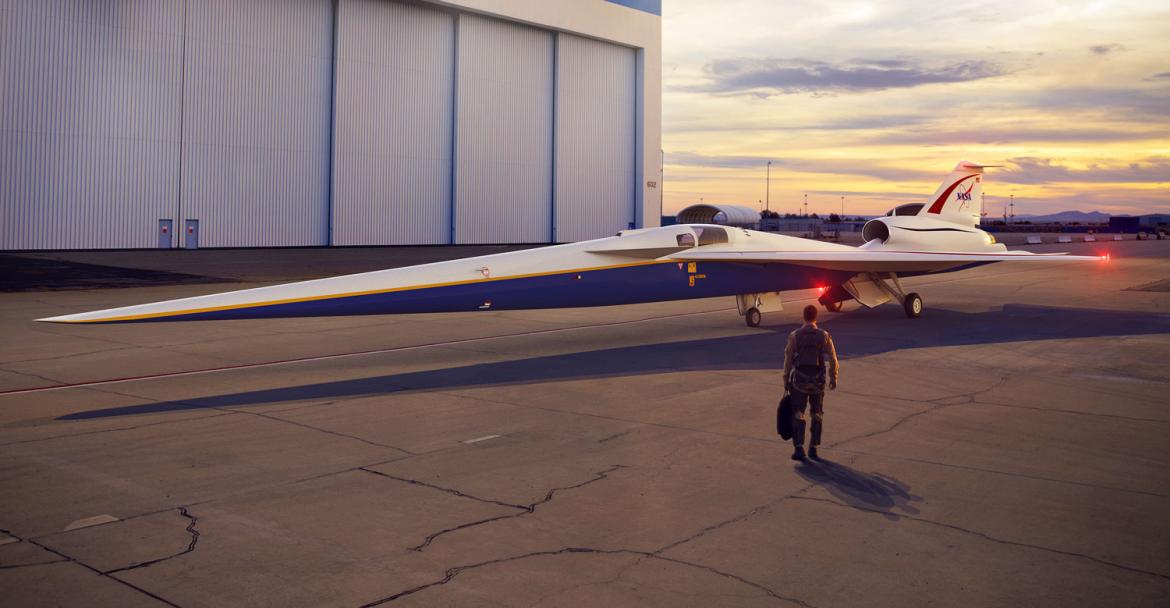It’s been more than fifteen years since the Concorde took to the skies for the last time. While every other aspect of technology has massively improved in the time being, it’s really strange that it was only supersonic passenger jet that the world ever got and we are still stuck with subsonic jets for air travel. However, there are few companies that are working to build the next supersonic passenger jet. Boom technology backed by Richard Branson are building a supersonic jet that will dramatically reduce travel time, while Airbus partnered with Aerion Corporation to lend engineering support in creating a $120 million jet that can travel faster than the speed of sound. NASA has also been developing a supersonic jet which will be considerably quieter than usual jets that can travel at more than Mach 1 speeds. Officially known as the X-59 Quiet Supersonic Transport (QueSST), NASA has started supersonic tests from this month for its next-generation passenger airliner.
The X-59 aircraft could very well become the first commercial supersonic aircraft to carry passengers after the Concorde, rightly so it is dubbed the ‘Son of Concorde’ by aviation fans. The first flight of the supersonic jet is scheduled for 2021 and is being claimed to be capable of completing the journey from New York to London in just three hours without creating loud sonic booms. To compare the noise created by the X-59, NASA will first use a modified version of the F/A-18 Hornet fighter jet to check the ‘acoustic signature’ of the engines to be used in the airliner. The space organization will have 500 people on the ground to answer a survey about the noise generated by the F/A-18 Hornet, to ensure the flight is quiet as it flies over Texas. “We’re solely focused on addressing the challenges of quiet supersonic flights over land, reducing that sonic boom to a sonic thump,” said Sasha Ellis, a NASA spokesperson for the X-59 mission.
The quiet son of Concorde – NASA is making a Ninja supersonic jet that will take passengers from NY to London in just three hours

